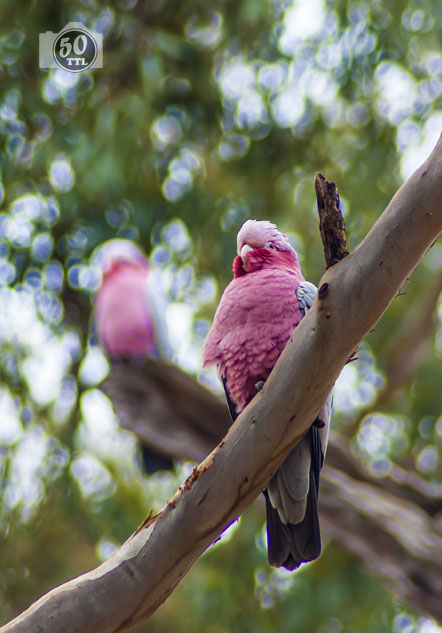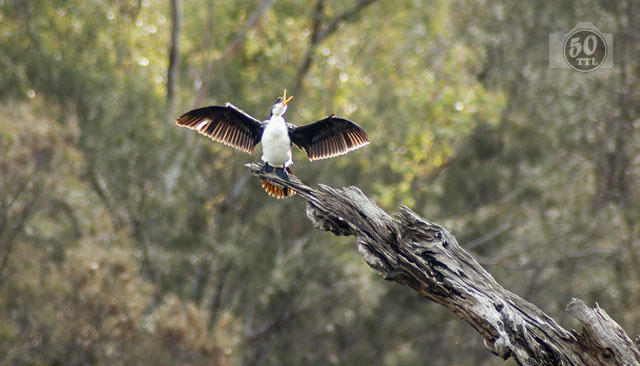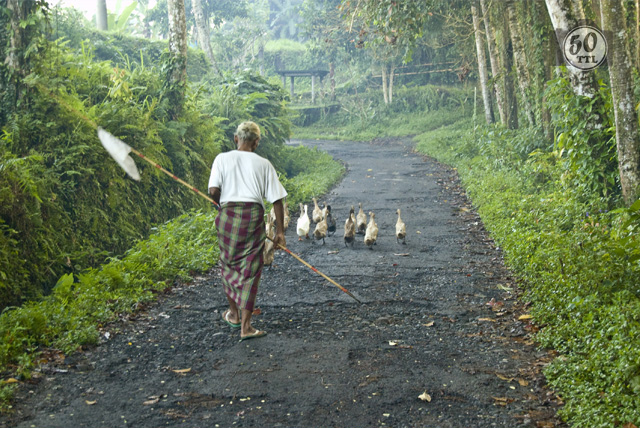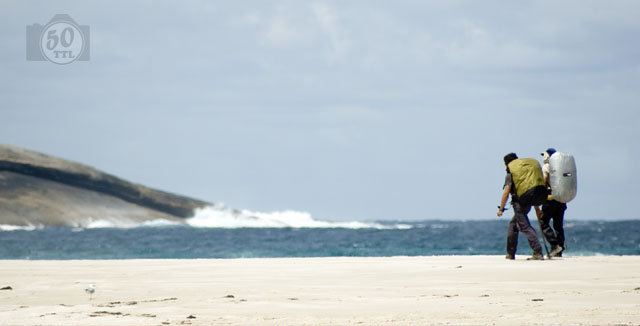
When I got interested in photography and bought my first film SLR, I was in the minority. Most people in those days, if they used a camera at all, were happy with a Kodak Instamatic or similar. My enduring interest in capturing good quality images means that I continue to want quality cameras and lenses. Just as my first Praktica SLR was a stepping stone to better equipment, so the Nikon D50 was showing its limitations and I wanted better. By 2010, I knew enough about the digital camera world to know that I wanted to go to a full frame camera, but I did not want the expense or weight of a top-end Nikon. I considered the D700, but I heard that Nikon was bringing out new models that would be worth waiting for. I waited.
Apparently, there were plenty of other people interested in buying cameras at this time. According to a chart published on ABC News online, 2010 was the year of peak camera. In that year, global sales of cameras reached their highest point, but they have declined ever since. The putative cause of the decline was the introduction of the iPhone 4 with a pretty capable rear camera and the innovation of a front-facing camera. From here, it was all selfies, food photos and the rise of Instagram.
So just as the rest of the world was about to swing away from the established idea of a camera, I was itching to get more involved. I enjoyed taking photos like the galahs above and the cormorant below. Both were taken on the same day at Walyunga National Park near Perth.

I also enjoyed taking travel photos, like the one below taken early one morning in Bali. Visiting another country provides so many opportunities for photos because nothing is mundane. This villager taking ducks foraging in roadside ditches (they responded to signals from the white flag) would have been living out a daily routine not worth a second look from locals. But for me, the duck-herding was fascinating, illustrating the persistence of traditional life in Bali.

A final significant image from 2010 shows two bushwalkers on a beach section of the Bibbulmun Track near Mutton Bird Island, not far from Albany. They were among the walkers that I met in 2010 as I completed my sectional end-to-end walk of the track. It took years, but I covered the entire 1000km from Kalamunda to Albany.
